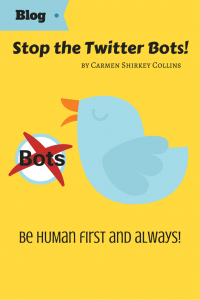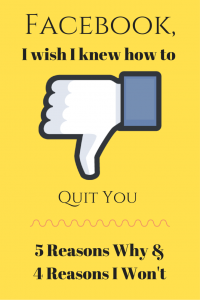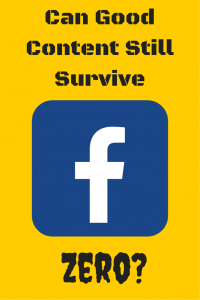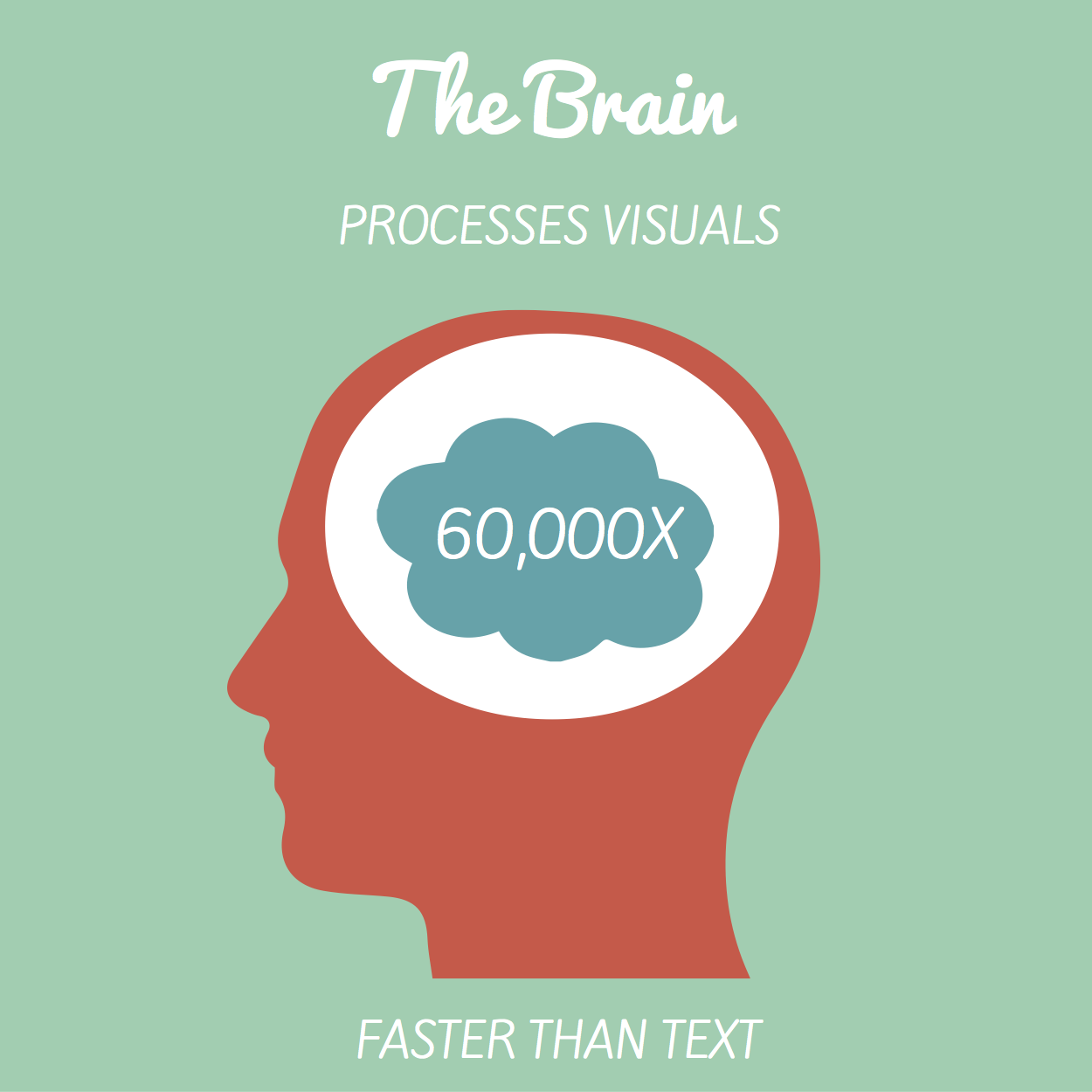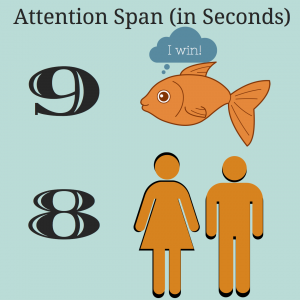 Everyone in marketing is trying to figure out how to represent on Snapchat right now, but I kind of think that you should learn to walk before you run all over yourself. That means mastering Instagram first.
Everyone in marketing is trying to figure out how to represent on Snapchat right now, but I kind of think that you should learn to walk before you run all over yourself. That means mastering Instagram first.
Marketers don’t get that. They see a new platform with a bunch of shiny younger users and wonder “How can I use the content I’m creating and splash it all over every social media channel??” WRONG QUESTION.
What’s the right question? It’s the difference between marketers and social media marketers.
What is the story I’m trying to tell, and how can I use each social media platform to do it to reach that particular audience.
Don’t be a marketer, be a social media marketer.
I’d like to ask everyone to stop for a moment and think of how you, yourself, personally use Instagram. (Wait, did you say you don’t personally use Instagram? Then why are you trying to market on a platform you don’t understand?)
First, you use it on MOBILE.
Instagram is a mobile-only game. Can you view on desktop, yes, but why? It’s USED on mobile.
Let’s think about how people scroll through their Instagram feeds. They use their thumb. They scroll and scroll and BOP! they find something that catches their very limited attention span. They use their thumb to BOP! stop scrolling and ingest that content.
What makes for these thumb-stopping moments? The answer is in the question, and it’s the second M of Instagram.
It’s the MOMENTS that matter.
If you look at anything that comes from the fine folks at Instagram (like these best brand examples), you will see that the platform is all about the moment. It’s the moment, captured in photography. Curated with filters and found with hashtags. What stops that thumb is someone saying “I can see myself in that moment with you,” “I can relate to that moment because it’s happened to me,” or “I wish that was MY moment, too.” (These are some of the emotional reasons for engagement.)
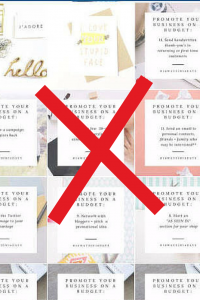 Thumb-stopping for a finely crafted marketing graphic with text that you can’t read on mobile in an instant happens WAY less often. Or an animated video that you put together with your agency. Or a PR announcement on a background. Stop all this nonsense. Is that what YOU stop with YOUR thumb on?
Thumb-stopping for a finely crafted marketing graphic with text that you can’t read on mobile in an instant happens WAY less often. Or an animated video that you put together with your agency. Or a PR announcement on a background. Stop all this nonsense. Is that what YOU stop with YOUR thumb on?
Also, most moments are not frequent. A moment is fleeting. It doesn’t come around 5-10 times a day. Once per day, or if you’re really lucky, twice. A study released by TrackMaven proves this out. Brands have the most engagement when they publish less often. Makes sense, because brands are usually posting a lot of non-moments.
Use the platform as it was intended. Publish moments, make your marketing into moments, and you’ll see more Instagram success, and you won’t get blocked or unfollowed for clogging someone’s feed.
Instagram has tried it’s best to tell you this. It has an entire site that shows this. Why aren’t you listening? I’m all for taking risks on social, but in the right way.
“Businesses do best on Instagram when they share well-crafted content that’s on-brand and driven by a clear objective. Tell your story through captivating images, videos and captions.” – Instagram
“well shot, interesting to look at and artistic. What you create should draw people in and keep them wanting more.” – Instagram
(And this thing, where you post a bunch of pictures to make one big picture on the Instagram page no one uses? Stop it. Same principal. 6 pictures to make one moment is not a moment. That is a stunt, and it’s 6 non-sensical photos in someone’s feed who is now going “What is THAT?”)
The last M = Millennials
I don’t know if you’ve noticed, but Millennials consume their information a little differently. They want different things. They see marketing coming a mile away (they’ve been inundated with it their whole life) and they tend to avoid it.
So if around 50 million of them are using a social platform, you need to speak their language. Talk their talk. Roll with how they roll.
They consume visuals. They consume them fast. They consume them on their terms, not yours.
They share their moments. On mobile. That’s how you reach them.
(Originally posted on my LinkedIn Publisher page.)

